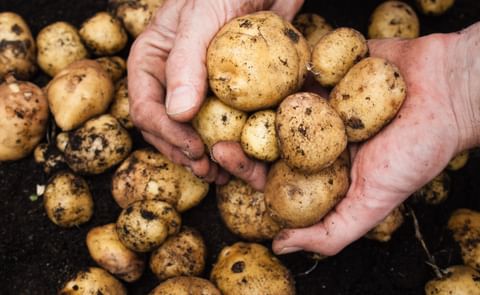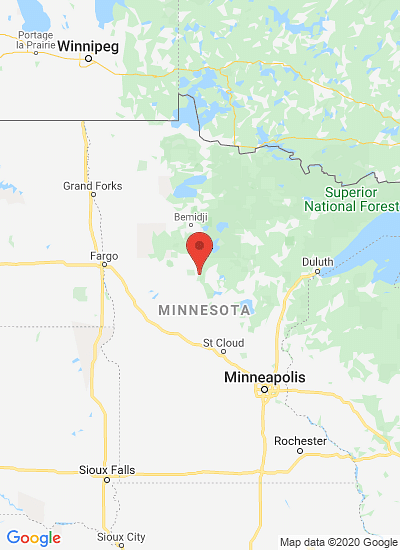In the Red River Valley, 2016 is shaping up to be the year of the Colorado Potato Beetle (Leptinotarsa decemlineata).
(Courtesy: @spudology / twitter)
Colorado Potato Beetles are munching on in the Red River Valley

According to the University of Minnesota Extension 'Spudbug' Newsletter, the year 2016 is shaping up to be a Colorado Potato Beetle year in the Red River Valley.
It seems that even if an at-plant insecticide was applied, Colorado Potato Beetles are plentiful in some potato fields.
Ian MacRae of the Dept. of Entomology, UMN - and the writer of the UMN SpudBug Highlights this PotatoPro item is based on - provides a number of possible reasons this is happening:
- The past winter was a good one, not only for us, but for the overwintering Colorado Potato Beetle. The milder temperatures probably resulted in lower winter mortality.
- Over the past few years, I’ve been monitoring insecticide resistance in Minnesota and North Dakota Colorado Potato Beetle populations. We’ve started to see decreased sensitivity to neonicotinoid insecticides (by far the most common at-plant being used) in the central Red River Valley.
- We’ve had some very wet conditions in some locations after planting. The at-plant insecticides are all water soluble, that’s what allows them to become systemic in the plants. The wetter the soils, the greater the potential for leaching, decreasing the amount of insecticide available to be taken up by the plant lowering efficacy.
- Finally, we’re about 40-50 days post planting in many of these fields. The at-plant insecticides provide enough concentration to control Colorado Potato Beetle for 45-60 days post application. Given the current conditions, even fields that received an at-plant insecticide are probably susceptible to Colorado Potato Beetle by now.

Potato plants affected by the Colorado potato Beetles (CPB)
Regardless of why, the issue is now management. Given how quickly this insect develops resistance, we want to make certain we’re rotating the modes of action of our insecticides, cheap controls today could mean much more expensive tactics will be needed later…Luckily, Ian MacRae also offers an extensive overview on the various options, which you can access by clicking the source link below.
So, if you had a neonicotinoid insecticide applied at-plant, you’ll want to change up the mode of action for foliar applications.
¿Te gustaría recibir noticias como esta por correo electrónico? ¡Únete y suscríbete!
NEW! Join Our BlueSky ¡Canal para actualizaciones periódicas!
Empresa Destacada
Contenido Patrocinado
Contenido Patrocinado
Contenido Patrocinado
Contenido Patrocinado
Contenido Patrocinado







